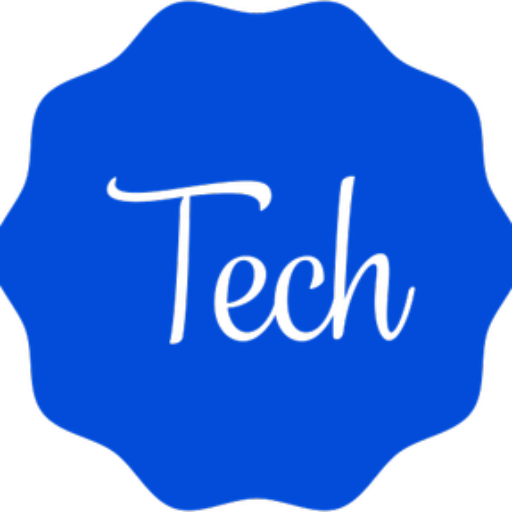The Internet of Things (IoT): Transforming Everyday Life There has been a paradigm shift in how we perceive everyday objects and the cyber world thanks to the Internet of Things (IoT). IoT, its benefits, challenges, and future prospects are discussed in this essay.
Define the Internet of Things (IoT).
The Internet of Things (IoT): Transforming Everyday Life As a network of interconnected objects, IoT represents vast data collection and exchange. It’s not just about computers or smartphones; it’s about embedding electronics, software, and sensors into everyday objects, allowing them to communicate and act on the data they collect.
Historical context
“Internet of Things” was coined by pioneers like Kevin Ashton in the 1980s and 1990s as a way to provide a real-time network for objects.
Benefits of IoT
- The Internet of Things (): The of Things (IoT): Transforming Everyday Life Smart Homes and Cities: The Internet of Things (IoT): Transforming Everyday Life From thermostats that learn your heating preferences to streetlights that adjust based on pedestrian traffic, IoT enhances the quality of life and conserves resources.
- Healthcare: Wearable fitness trackers and health monitors offer real-time data about health, making preventive care more accessible.
- Agriculture: Smart farming systems optimize water usage, pest control, and harvest timings based on real-time feedback.
- Energy Management: IoT enables efficient energy consumption through intelligent grids that adapt energy distribution based on demand.
Challenges and concerns
- Privacy: The amount of personal data collected is staggering. Without proper safeguards, misuse is possible.
- Standardization: With many devices and manufacturers, achieving a universal interoperability standard takes time and effort.
The underlying technology
- Sensors: The Internet of Things (IoT): The linchpin of the IoT ecosystem. From temperature sensors in fridges to motion sensors in security systems, they detect changes in their environment.
- User Interface: This allows users to interact with their IoT devices, often via a smartphone app.
Future prospectsWe might see:
- Autonomous Transportation: Vehicles communicating in real-time can revolutionize transport, reducing traffic jams and accidents.
- Smart Industries: Automation and real-time monitoring can lead to unprecedented efficiency in industries.
Conclusion
The Internet of Things (IoT): transforms the fabric of our daily lives by bridging the gap between the physical and digital realms, promising unparalleled convenience and challenges. As with all revolutionary innovations, responsible growth and robust frameworks will dictate how harmoniously the IoT blends into our future.





